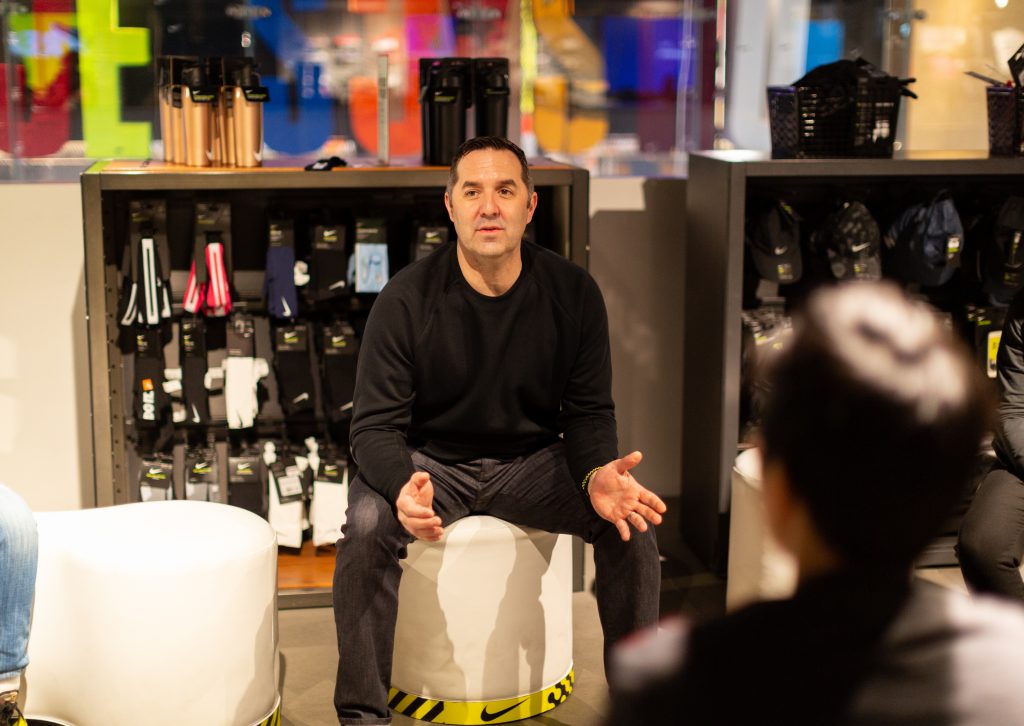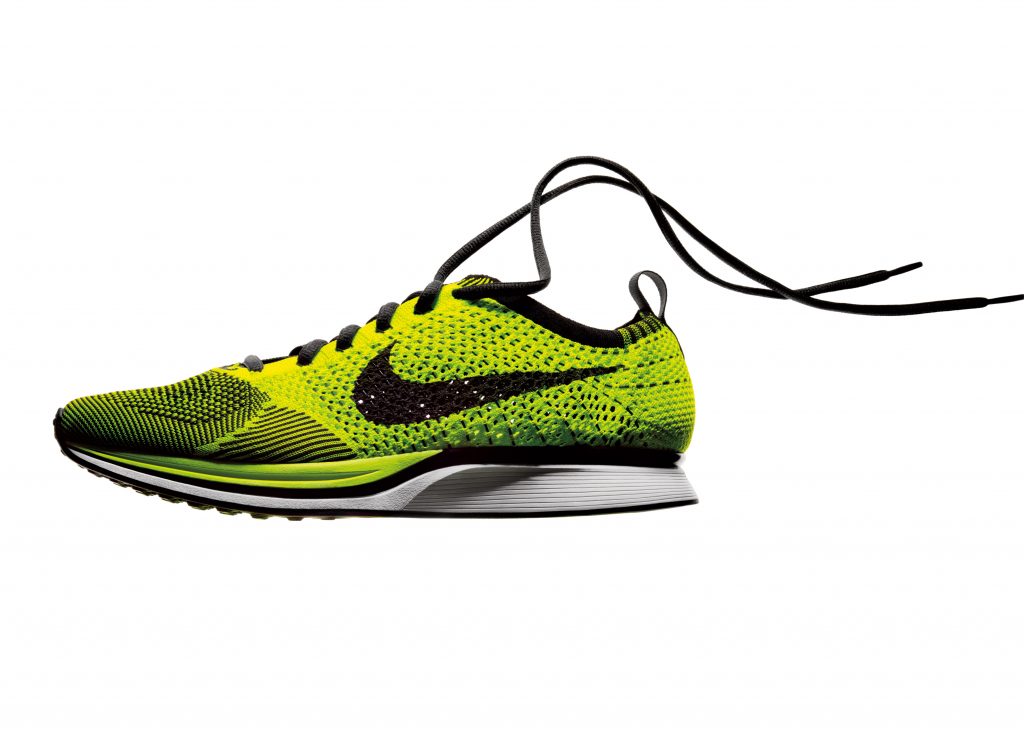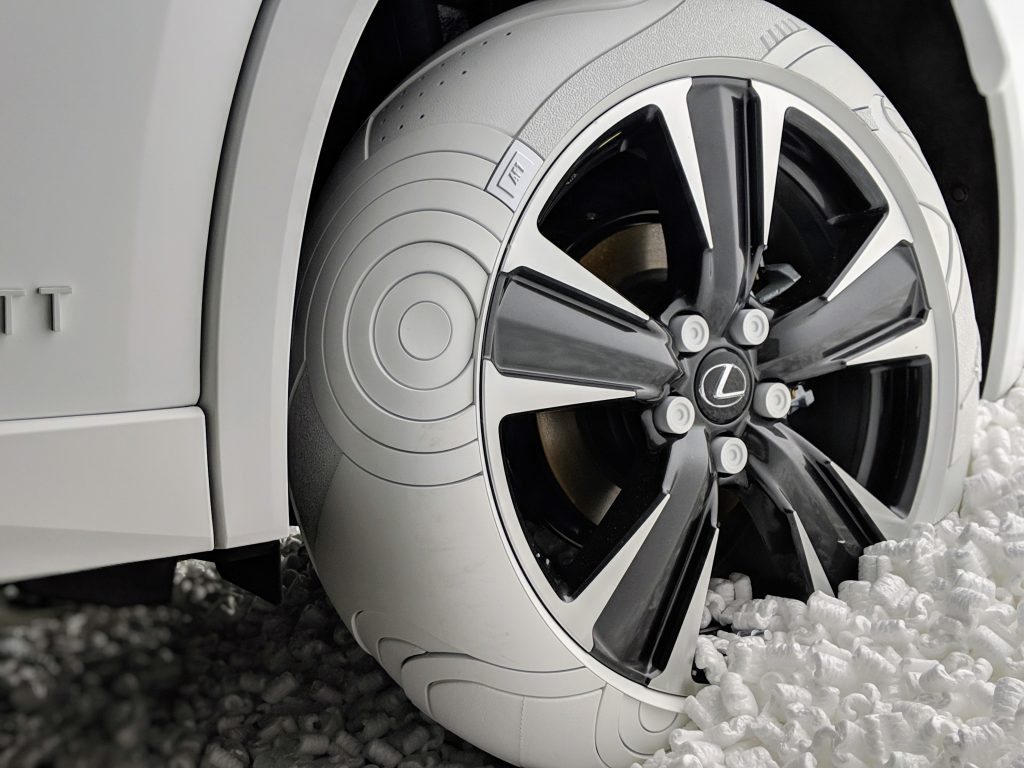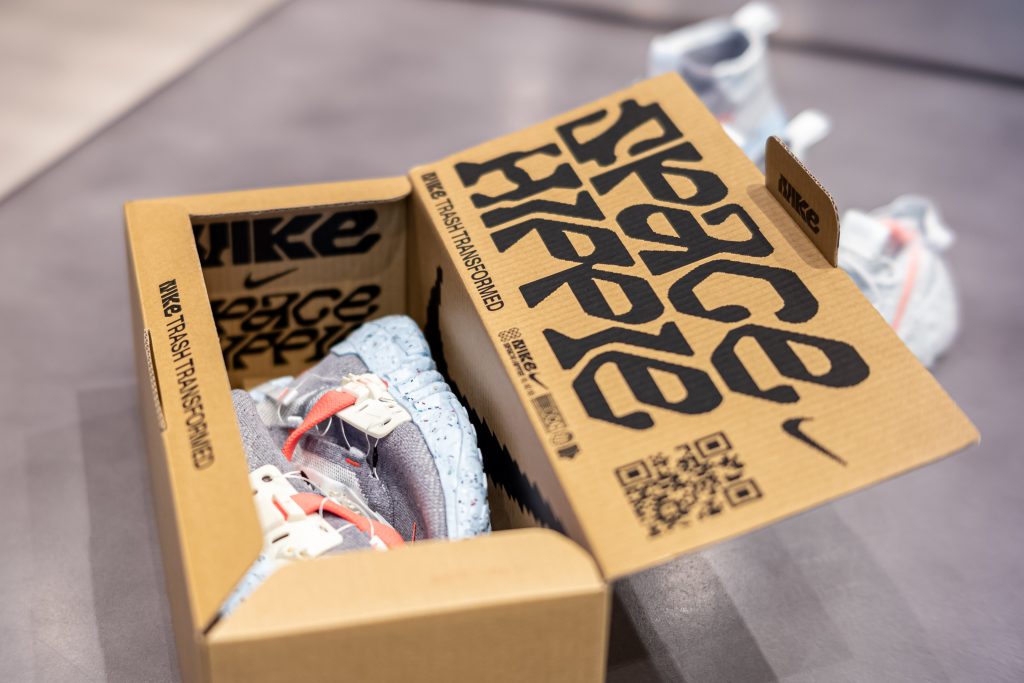Nike’s “Move to Zero” Sustainability Mission
We speak with the sportswear brand’s Chief Sustainability Officer, Noel Kinder about reforming a multi-billion dollar company’s practices

Commitments to sustainability, especially from multi-billion dollar brands, rarely include top-down assessments of supply chains or altering the final make-up of said brand’s most popular products. Some commit to a broader goal set by another governing organization, while others devote a portion of their profits to offsetting their emissions. For Nike, reimagining their processes and products are just some of the steps in a much larger process they’ve titled Move to Zero, a commitment to zero waste and zero carbon production. With five key initiatives, and a collection of data to support their decisions, Nike not only presented a viable way forward but also provided a path for similarly scaled companies to follow.
For example, within their Move to Zero website, Nike displays a graphical breakdown of climate change’s impact on its signed athletes. An international map tracks the days over 90 degrees Fahrenheit in a given year. Without fail, that number rises as you compare it chronologically—starting at 1990, then 2020 and then 2050. That poses issues for athletes subjected to prolonged heat exposure and those athletes that rely on snow or other wintry conditions.

“Climate change is the biggest challenge of our generation and we need to transform the way we do business in order to meet that challenge. One of the most immediate things we can do at Nike is reduce the carbon footprint of our business operations,” Noel Kinder, the Chief Sustainability Officer at Nike Inc, tells CH.

“That’s why renewable energy is such a critical piece of how we transform our business to be more sustainable. New Power Purchase Agreements in Europe and North America are helping us achieve renewable energy across our owned and operated footprint. On November 25, we celebrated our clean energy supply coming online in North America. We’re on a journey to 100% renewable energy globally–with these PPA’s in Europe and North America, we are 75% of the way there and on track to achieve 100% by 2025,” Kinder continues. “We’re also working with contract factories to increase the adoption of renewable energy in our supply chain. For example, in Vietnam we have been working on piloting renewable energy infrastructure for footwear manufacturing.”

The company’s goal of converting to 100% renewable energy globally is one of their five aforementioned outlined steps. Further, they aim to “reduce carbon emissions across its global supply chain by 30% by 2030,” as well as “continue to divert 99% of all footwear manufacturing waste from landfills,” and “divert more than one billion plastic bottles per year from landfills to create yarns for new jerseys and uppers.” Plus, they will and use preexisting programs (like Nike Grind) to “convert waste into new products, playgrounds, running tracks and courts,” Kinder explains.
Innovating around sustainability is hard, but it’s essential if we’re going to make progress on these issues.
For Nike, it’s a balancing act. They’re a cross-industry giant capable of selling a consistent suite of products and pushing the envelope on innovation; their most simple garments and accessories need to feel cohesive within an ecosystem that also fosters high-performance sneakers and uniforms. As such, no category, sector, or consumer category went without reassessment. For their ever-popular Nike Air category (which would be the world’s third-largest athletic company if isolated from Nike itself), 50% of the soles are made from recycled material, and 100% of all of the sneakers are made using renewable energy. Plus, 90% of the waste accrued during the process of making Air soles gets repurposed in other cushioning projects.

“We’ve been getting after this for years, and we’ve learned a lot about the complexity associated with any new innovation,” Kinder explains. “We might achieve a big reduction of our impact in one area, while discovering a new, previously unseen challenge in another area. But that’s what makes our jobs so interesting. We’re constantly challenged to think through the hidden impacts of every new solution. Innovating around sustainability is hard, but it’s essential if we’re going to make progress on these issues.”

It’s encouraging to hear from a company-appointed executive on the topic that sustainability remains in mind throughout their decision-making. It’s dually important to acknowledge Nike’s sheer size. While they won’t actively slash their annual inventory or nix any of their upcoming releases, the company strives to employ recycled materials in as many products as possible. (Right now, 75% of Nike products are made with varying amounts of recycled material.) But, their self-reported data points—Material Sustainability Index (MSI), Apparel Sustainability Index (ASI), and Footwear Sustainability Index (FSI)—signal there is an infrastructure in place to not only encourage the production of a more eco-friendly final product, but also a comprehensive network of tests and self-prescribed constraints that will streamline the production of products that ultimately do less harm to our environment.

“We strive to make high-performing, beautiful products that help athletes perform at their best. We just want to make them better for the planet. That’s where circularity comes in,” Kinder tells CH. “The principles of circular design are guiding how we create products that are rooted in efficiency for design, production, waste and re-use. Through circularity, we believe we can continue to deliver high-performance innovation to athletes while reducing our dependency on natural resources.”
“We also believe in the power of sport to be part of the solution to climate change. Sport has the unique ability to unite people from all around the world, and we know that to really tackle climate change, it’s going to take a team of us doing our very best,” Kinder says. “We’re optimistic about the future, but we know we have to take climate action with urgency to create the future we want for all athletes. “
Images courtesy of Nike, Inc.












